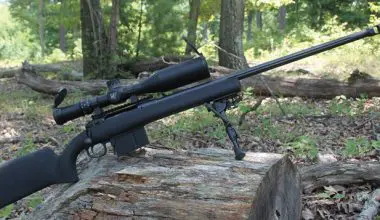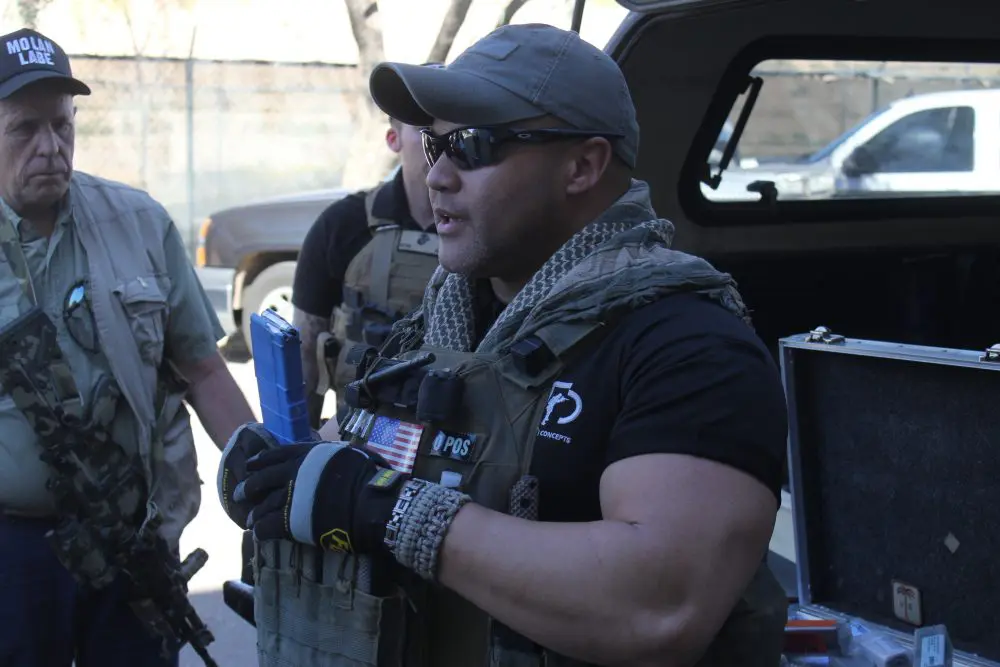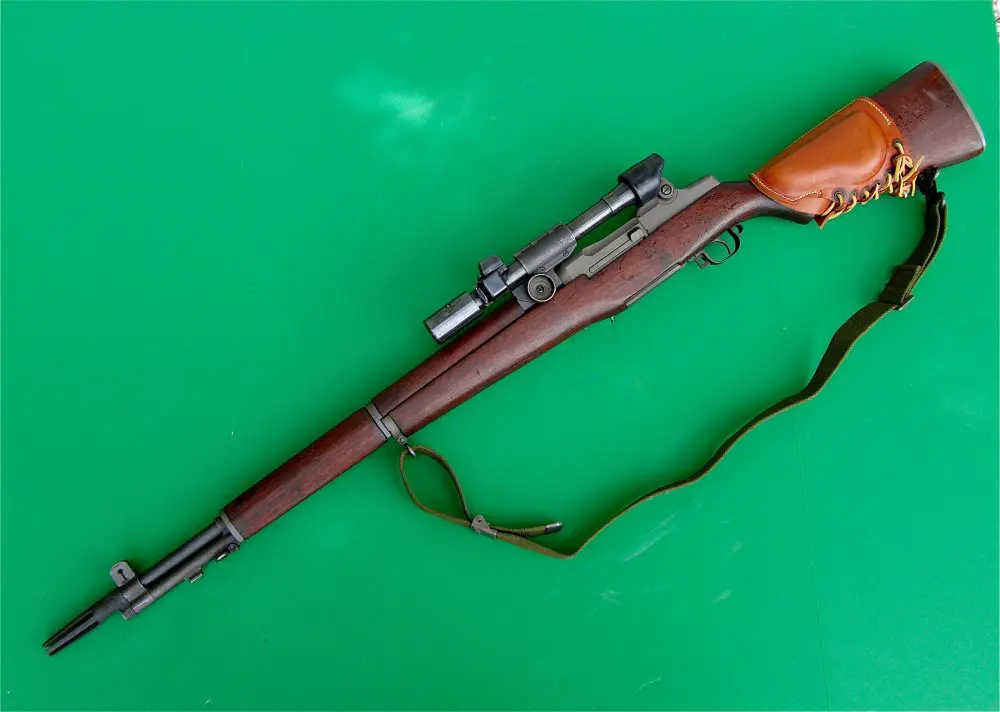ASK the average shooter with some interest in World War II to name the submachine guns used by the U.S. during that conflict and he will likely answer the Thompson and maybe the M3 “Grease Gun.” Some ex-Marines will say, “Don’t forget the Reising.” But other than those with a real interest in SMGs, few will remember the UD (United Defense) M42.
And to be honest, from the point of view of effectiveness, there’s not all that much to remember. However, a friend of mine has one, and I thought readers may be interested in this rare SMG.
This weapon was from the United Defense Supply Corporation, which had been formed to supply weapons to various Allied Armed Forces during 1941. In simple terms, UD planned to cash in on the huge demand for weapons early in WWII.
Carl G. Swebilius, founder of High Standard Manufacturing Company, designed the gun that would later be known as the UD M42 prior to the U.S. entry into WWII. The gun was not produced by High Standard but by the Marlin Firearms Company.
An open-bolt blowback design, the M42 had a selector/ safety that could be turned through 180 degrees, with “safe” being located at 90 degrees. An interesting feature of the M42 selector is that if the bolt is in the forward position with selector lever on safe, when the bolt is drawn to the rear, the lever will automatically be moved to the semi-auto position. Semiauto is the rearward position for the selector, and full-auto is the forward position. The selector can be worked fairly easily with the trigger finger before it goes into the trigger guard.
Although some prototype guns were made in .45 ACP, all production M42 SMGs seem to have been in 9mm Parabellum.
The M42’s stock is similar to that of a sporting rifle, but the inclusion of a foregrip is a nice feature on an SMG and helps counter muzzle climb when on full-auto. At least a few M42s were reportedly made with just a rear pistol grip of the type used on “whippit shotguns” of the time, but I have never examined one.
The M42’s cocking handle is on the right side of the receiver and is not captive to the bolt, so that once the bolt is cocked, the cocking handle may be pushed back forward.
Unlike many SMGs, the M42 does not have a fixed firing pin. Instead, it is within the bolt head, surrounded by a spring that retains it in the face of the bolt. A hammer at the rear of the firing pin is brought forward as the bolt closes to strike the firing pin and fire a round.
A hold-open device consisting of a spring-loaded lug that is pushed into the path of the bolt by the follower of the empty magazine speeds the reload a bit.
Cost of production proved an issue with the M42, as it was entirely machined at a time when the U.S. M3 SMG, which was quickly and cheaply produced from stampings, was on the horizon.
The SMG has an 11-inch barrel and a blade front sight and aperture rear sight adjustable for elevation and windage. These sights helped the M42 perform well in accuracy tests. Cyclic rate on full-auto fire was 700 RPM. With the foregrip, it was relatively easy to control on full-auto.
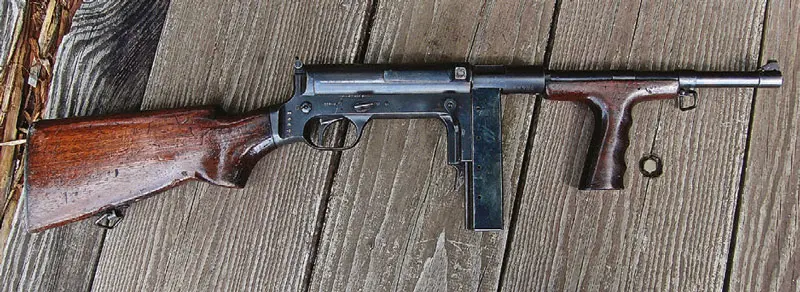
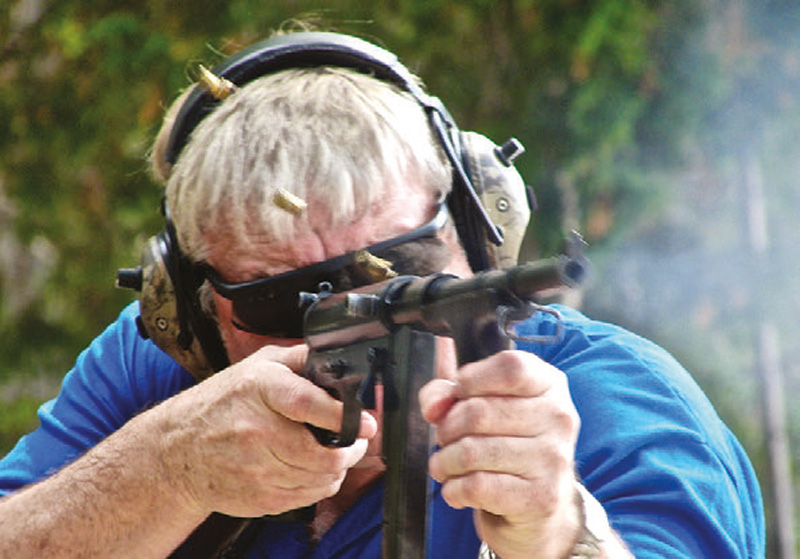
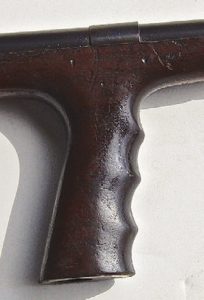
During military testing, the M42 performed well in mud and dust tests and reliably in firing trials. An order for 15,000 UD M42 SMGs was placed by the Dutch Government with Marlin, but the fall of the Dutch East Indies, as well as Holland itself, negated the order.
Since the weapons had been paid for via the Lend-Lease Program, the U.S. took delivery of about 14,200 M42s. Many of them went to the Office of Strategic Services (OSS) to supply resistance movements. OSS and SOE operatives also used the UD M42.
Although the M42 is not well known, it is one of the better SMGs of WWII. It is accurate, sturdy, and reliable. There were reportedly some problems with the sheet-metal magazines being prone to warping under combat conditions.
I put a few magazines through the M42 to reacquaint myself with it for my book and this article, and was quite impressed. The foregrip allowed the firing of three- to five-round bursts with little muzzle rise. The gun’s ten-pound weight helped too.
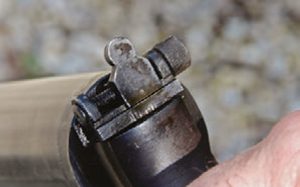
On semi-auto, the sights were good enough that I could readily score hits on hanging plates at 50 yards. I found the selector/safety a good design that allowed easy selection of semi- or fullauto modes. Other than the reported magazine problems, which I did not encounter, I can definitely see why WWII spooks and guerrillas liked the UD M42.
One interesting side note on the UD M42 is that, although most sources only mention U.S. military acquisition of this weapon for the OSS, the one I shot and used for photos came in what appears to be a U.S. Navy wooden box designed to hold the weapon and spare magazines.
There are no ship markings, but it makes for interesting speculation about what unit had it. In China, the U.S. Navy operated its own unit that carried out missions similar to the OSS, but there is no proof of the weapon’s actual history.
Certainly, the UD M42 is a rare U.S. SMG, and it was fortuitous that my friend found a transferable example.


